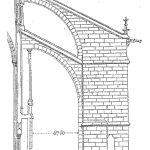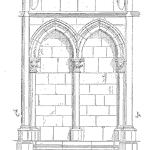
The purpose of training your people is to develop capabilities the business needs and to add value to your people so they feel that they have greater worth. But the most important benefit of training is often lost because managers do not get their newly trained people to improve the system of work with their better knowledge and skills.
Everyone needs training to reach their highest potential. Training introduces new ideas and new ways that make us more effective people. There is one vital issue managers need to keep in mind about training if you want to get the greatest returns from the investment in time, money and commitment. Only training put to use returns value and only training of value is of use.
[Read more…] To increase your knowledge, you need to learn new things, try new things and generally push outside of your comfort zone. One of the key
To increase your knowledge, you need to learn new things, try new things and generally push outside of your comfort zone. One of the key 





